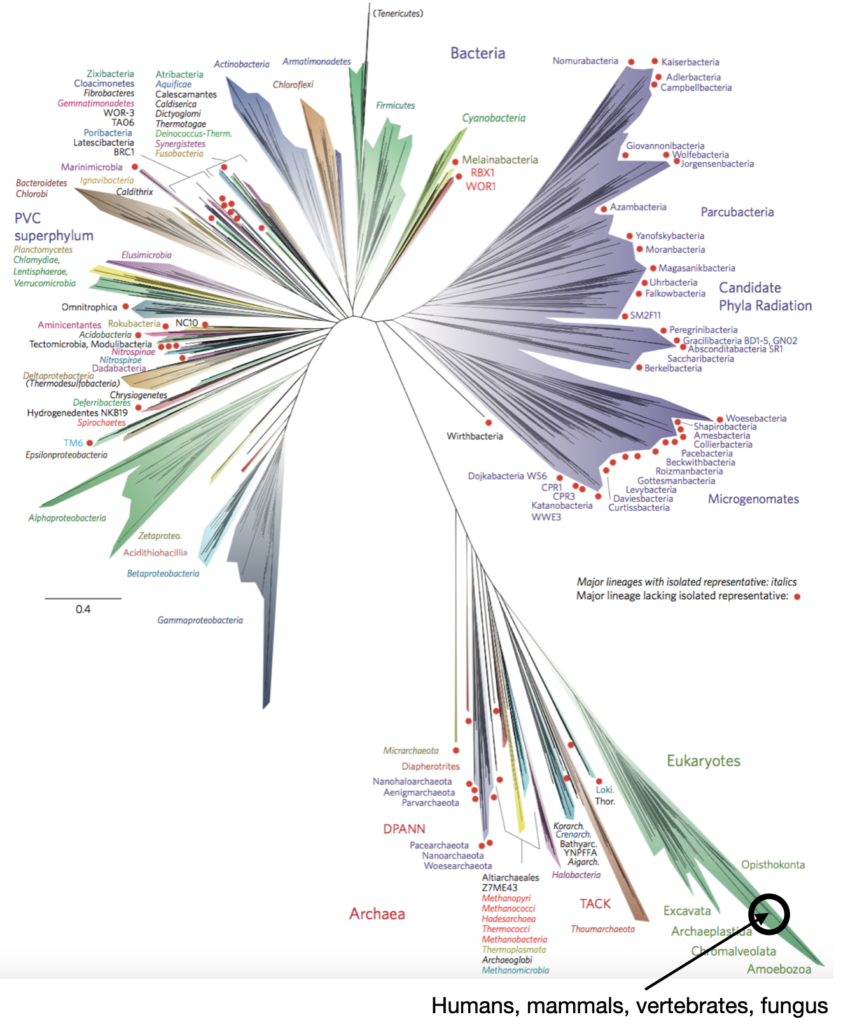A natural story of the future by Rob Dunn. The title of this book is really cool. The author is professor of ecology in North Carolina State University and the book explains the ecology laws in a modern context including the implications of global warming to urban geographies. It is explained how the present and future geographies are determined by nature and human activities. One striking example is the geography of Louisiana, for instance, which is a consequence of the ancient movements of a river that drains a continent. Here I am just going to write down a few key ideas from the book.
The book starts by reminding us that Nature selects and disfavors those individuals with traits that make them less likely to survive and reproduce, and that evolutions can occur quickly. One interesting example are mosquitoes in London. Overground and underground mosquitos are different species. In the former case, female mosquitoes require the ingredients found in blood to lay their eggs, whereas the latter type of mosquitos do not require blood. Because of the scarcity of the underground environment, these mosquitos do not need blood to feed. As a result, the two kinds of mosquitos are different spices with distinctive genetic differences.
The biological laws are explained in the context of ecology. It is necessary to consider how these laws influence the natural history of the future. The biological laws are the following:
The species-area law. This tells us how many species live in a particular island or habitat. Bigger islands tend to have more species. Additionally the number of species in a habitat increases with the number of individuals in that habitat.
The law of corridors tells us which species will move in the future as climate changes. Most species on earth will need to move to survive climate change. This process called ‘ Homing’ will become important in the coming centuries. As the world grows then species need to move via connections that we make among regions and continents. One prediction is that Charlotte and Atlanta will grow 139% to become Charlanta, a corridor in itself. Another prediction is that tropical species will need to move to higher and cooler places. Since the warmer and wetter a place is, the more kinds of parasites one finds. Malaria and dengue will likely appear in North America and Europe as a consequence of the warming of the Earth.
The law of escape tells us which species thrive when they escape their pests, predators and parasites. But eventually our enemies catch up. This will be relevant in the future. An example of the law of escape is the following. Cassava, a root vegetable, native from tropical America was introduced to Africa. In the 70’s a mealybug devastated crops of cassava in Africa, because the parasite bug had escaped an (unknown) predator in America. The team of researchers discovered a wasp in Paraway which was properly assessed in a lab and then taken to Africa. The wasp attacked the mealybug and crops were saved. This was done before chemical pesticides were invented.
The law of niche tells us where species can live and where they are likely to live in the future as climate changes. Each species has a niche.
Second law of diversity: ecosystems that include more species are more stable through time.
Law of dependence: all species depend on other species.
Law of anthropocentrism: We tend to imagine the biological world to be filled with species like us (mammals, vertebrates, big). However, in reality, the average species on Earth, probably is a bacteria.
Erwin’s Law: most of life is not yet named.
Over the last 30 yeas the total biomass of studied insects declined by 70 to 80%.
Perhaps the part that I enjoyed the most is the ‘Tree of life’ in a genetic context, which is a fantastic illustration of Erwin’s Law. As humans we tend to ignore our true place as species from a biological point of view. We see ourselves as dominant creatures among the rest of the living things. However, as mammals or even as vertebrates, we represent just a tiny spot in the great diversity of life. The vast majority of the living creatures are several kinds of bacteria and other microscopic species. If we suddenly disappear or even if all mammals and vertebrates were to disappear from the Earth, the remaining amount of biological species would barely change. We would go basically unnoticed. We are not really as important as we tend to think. There are creatures that thrive in chemically toxic environments and in extreme temperatures that no humans would resist. This book offers a new perspective of our place on Earth.
